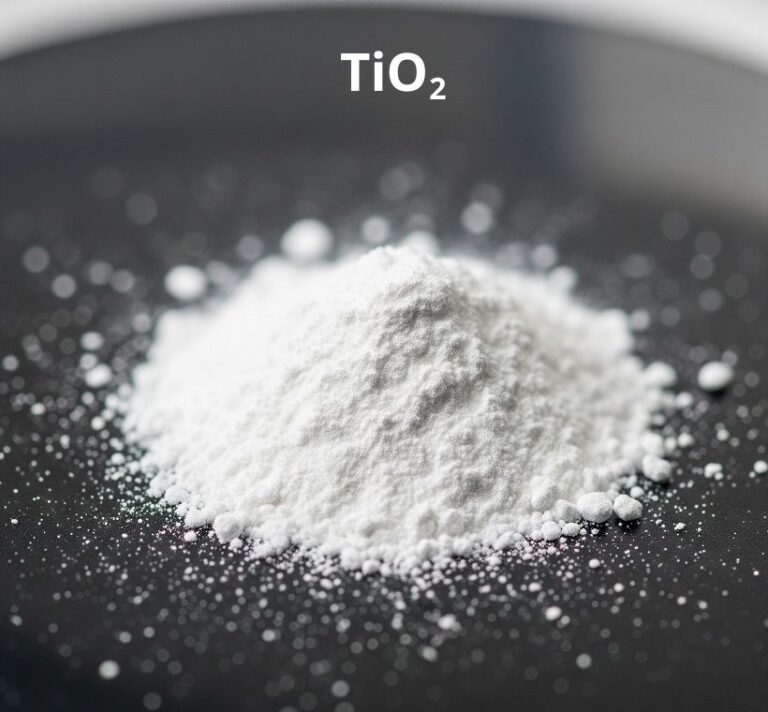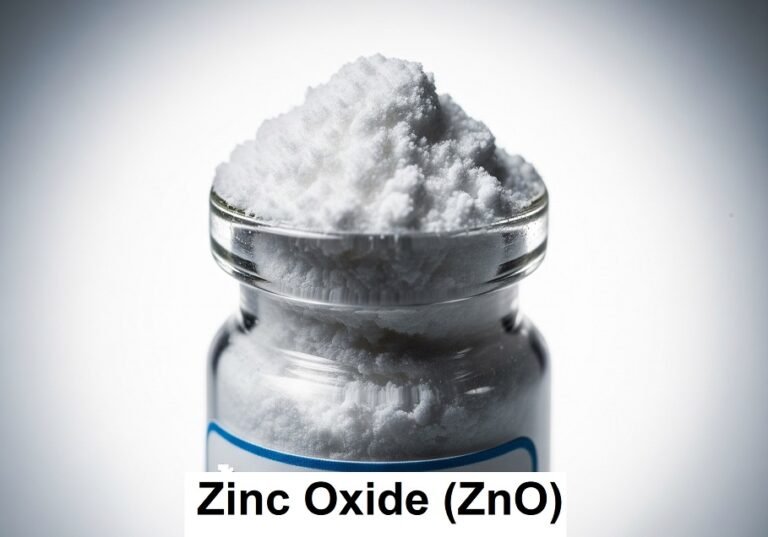
Calcium chloride (CaCl2) is a hygroscopic salt that appears as a colorless, odorless crystalline solid with high solubility in water and the ability to form hydrates.
In addition to other salts, it is found in small amounts in seawater and mineral springs.
Its discovery dates back to the 15th century, but it was not subjected to significant attention or study until the late 18th century.
Research was mainly carried out using laboratory-prepared samples since it was not commercially produced until after the development of the Solvay ammonia-soda process in the mid-1800s.
Table of Contents
1. Properties of Calcium Chloride
Calcium chloride exhibits high solubility in water across a wide range of temperatures, with maximum solubility of around 75% observed at temperatures above 175°C.
As a source of soluble inorganic calcium, it reacts with carbonates, fluorides, and sulfates to form either insoluble or moderately soluble salts.
Calcium chloride also forms water-soluble compounds with ammonia, such as CaCl2·8 NH3, and with alcohol, such as CaCl2·C2H5OH.
Moreover, it reacts with sodium tungstate (Na2WO4) to yield calcium tungstate (CaWO4), which is commonly known as synthetic scheelite.
2. Production of Calcium Chloride
Calcium chloride is a compound that is commercially produced through various processes.
The refining of natural brines and calcium chloride recovered from synthetic soda ash production remain the most common methods of producing calcium chloride, accounting for over 90% of the total production.
One of these processes involves the refining of natural brines. The natural brines obtained from sources in California and Michigan contain a mixture of chloride salts of calcium, magnesium, and sodium.
To obtain calcium chloride from these brines, magnesium must first be removed by precipitating magnesium hydroxide, Mg(OH)2, with lime. The remaining solution is then filtered and concentrated, causing sodium chloride to precipitate due to its low solubility in calcium chloride solutions.
Another method of producing calcium chloride involves the reaction of hydrochloric acid with calcium carbonate. This reaction produces calcium chloride, carbon dioxide, and water.
The third method of producing calcium chloride is through the reaction of calcium hydroxide with ammonium chloride in Solvay (synthetic) soda ash production.
The ammonia in this process serves as a catalyst for the reaction of sodium chloride with calcium carbonate. The reaction is complex, but the end result is the production of calcium chloride:

The calcium chloride solutions obtained by natural brine purification and the Solvay process are dilute.
Following concentration through evaporation, a portion of the solution is sold as a 30-45% calcium chloride product. Another portion is further concentrated to approximately 75% solids, corresponding to calcium chloride dihydrate (CaCl2·2 H2O).
This material is then dried and flaked to produce commercial calcium chloride dihydrate (77 – 82% CaCl2) and anhydrous (94 – 97% CaCl2) products.
Alternatively, anhydrous pellets can be manufactured through substitution of the flaker with an agglomeration procedure.
3. Uses of Calcium Chloride
Calcium chloride’s versatility is related to its unique combination of physical properties: moisture attraction and retention, high solubility, high heat of solution, and freezing point depression of solutions.
Calcium chloride is most widely known for its deicing and dust-controlling abilities.
The largest market for calcium chloride (30 % of total production) is for deicing of roads, side-walks, and parking lots.
Calcium chloride melts ice at temperatures as low as -51 °C (-60 °F). Because it liberates heat when exposed to moisture, ice is melted quickly, usually within 15 – 30 min of application.
Calcium chloride is also used in conjunction with rock salt (sodium chloride) to enhance and sustain the effectiveness of the rock salt.
Dust Control accounts for ca. 25 % of calcium chloride production. Its hygroscopic and deliquescent properties make it ideal for this use.
Calcium chloride absorbs moisture from the air and forms a solution that acts to coat dust particles and bind them together, greatly reducing dusting.
Calcium chloride solutions are slow to evaporate because of their low vapor pressure and are, therefore, useful in the compaction of road surfaces.
Calcium chloride is used in the cement and concrete industries. Addition of 1 – 2 % calcium chloride accelerates the setting time of concrete, resulting in earlier strength development.
Calcium chloride should not be considered as an antifreeze in concreting; however, the addition of calcium chloride to concrete mixes poured at temperatures below 21 °C (70 °F) largely offsets the retarding effects of the lower temperatures.
Calcium chloride solutions, because of their low freezing points, are used extensively as heat-transfer media in food processing. Calcium chloride brine greatly increases the heat-transfer rate compared to chilled air or to a sodium chloride brine. Contact time between the brine and the various food molds is decreased, resulting in higher production rates.
Calcium chloride is also used in the food industry to increase the firmness of fruits and vegetables and to prevent spoilage during processing.
In the petroleum and petrochemical industries calcium chloride is used as a desiccant for hydrocarbons. It is also used in drilling fluids, packer fluids, completion fluids, and workover fluids in oil well drilling.
Other uses for calcium chloride include: in Adhesives as humectant and it lowers gel temperature, in Animal feed as a source of calcium and in Wastewater treatment to precipitate fluorides, break oil emulsions and densifie floc.
Reference
- Calcium Chloride; Ullmann’s Encyclopedia of Industrial Chemistry. – https://onlinelibrary.wiley.com/doi/10.1002/14356007.a04_547



